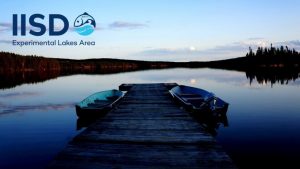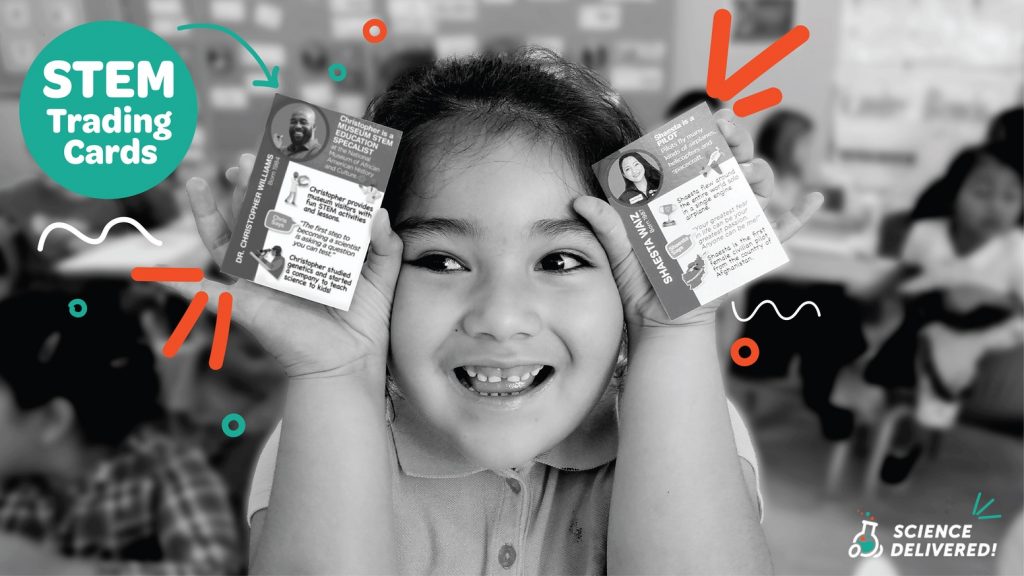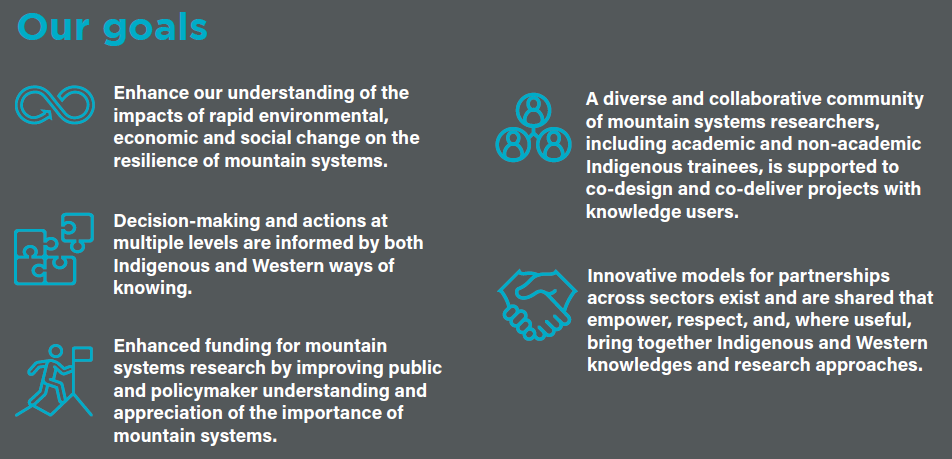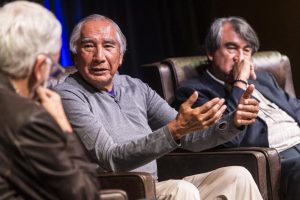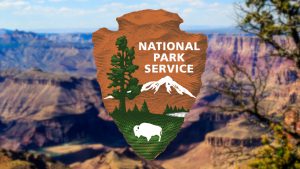Every June is National Indigenous History Month in Canada. Many schools and organizations advocate to take actions for reconciliation and meaningful change for the indigenous communities. We recognize that we have a role to play in reconciliation, continue to learn about the perspectives, cultures and histories of Indigenous peoples in Canada, and create inclusive relationships and spaces for all to thrive. Every year, Actua (one of the largest STEM outreach programs) delivers programs to youth across Canada to learn essential STEM skills so that they can gain valuable work experience and develop employable skills. It is important to note that STEM is not something new with the advance of technology, but rather “indigenous peoples have always know about STEM”, according to Doug Dokis, director of the Indigenous Youth in STEM Program in Actua.
Last year was no different. Despite the pandemic by COVID, they connected youth to indigenous land-based learning by collaborating with elders in communities to understand local knowledge such as fish cycles. Then they utilize their understanding of the place and build meaningful and authentic hands-on models such as a fish monitor. Very cool!It has become a community learning rather than individual learning.


